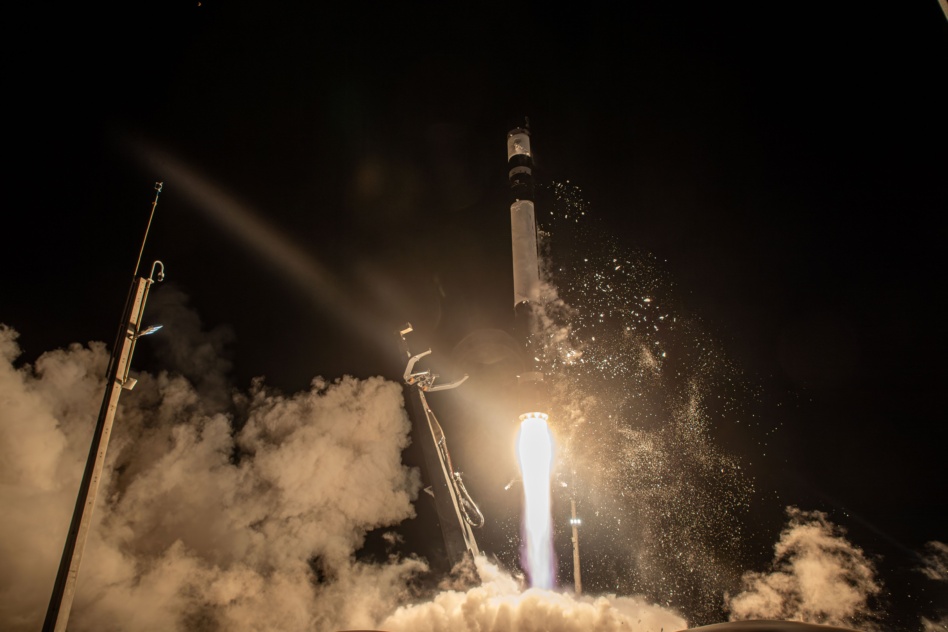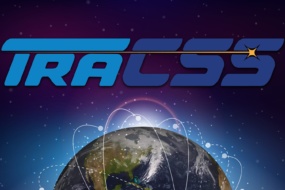The first step to taking out the trash is proving you can actually see the trash. That’s Astroscale’s goal for a mission that launched Sunday.
During the Active Debris Removal by Astroscale-Japan, or ADRAS-J, mission, the company’s inspection satellite will approach the abandoned upper stage of a H-2A rocket that’s been floating aimlessly in space since 2009. JAXA is funding the rendezvous and proximity operations (RPO) demonstration.
The road to active debris removal… The first challenge of dealing with debris in orbit is approaching it safely—hitting the object and creating new debris is a no-no, Astroscale Japan President Eddie Kato told Payload. This will be the first time a large piece of space debris is closely assessed by an autonomous spacecraft.
Astroscale pioneered its RPO tech with the ELSA-D mission in 2021, during which the company successfully docked with a specially-designed spacecraft in orbit. This new spacecraft will take it to the next level.
- JAXA’s top goal is to collect images of the 11-m-long rocket body and characterize its condition and movements.
- Astroscale’s second objective is demonstrating that the ADRAS-J vehicle can synchronize its spin with the rocket body.
JAXA is already planning a follow-up mission to attempt to remove this piece of debris, and Kato said Astroscale hopes to win that contract. The firm is already developing various kinds of grappling technology, including a robotic arm, that would allow its spacecraft to seize a piece of debris and move it to a disposal orbit.
…and beyond: Much of Astroscale’s activity thus far has focused on debris removal, but Kato said the company’s goal is to become a comprehensive orbital service company, with plans to provide non-Earth imaging, on-orbit refueling, and life extension missions, as well as getting rid of space junk.
Maneuver without regret: The ADRAS-J spacecraft is one of a new category of highly maneuverable spacecraft intended for inspection and servicing. Others include True Anomaly’s soon-to-launch Jackals, Northrop Grumman’s Mission Robotic Vehicle, and China’s Shijian-17.




